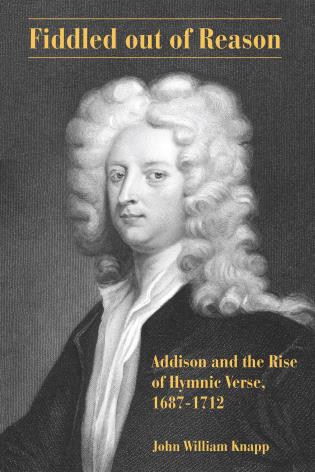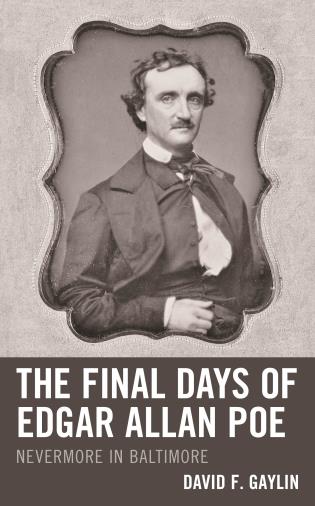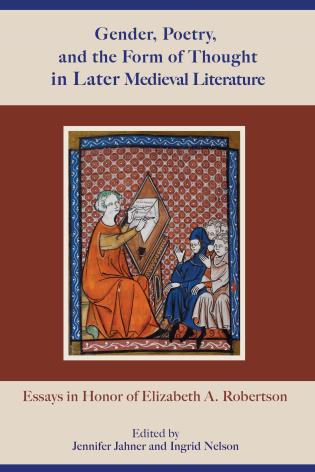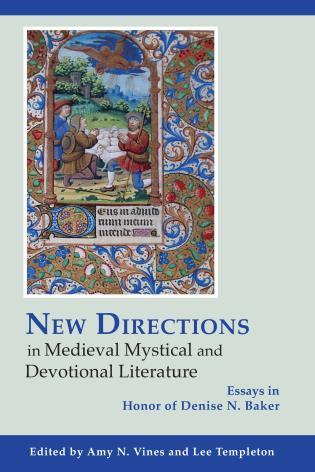On "Avoiding All Personal Enquiries" of Molecules
This is the third and final volume in the study and publication of James Clerk Maxwell's work in gas theory, molecules, and thermodynamics. The nineteenth-century Scottish physicist derived his ideas on thermodynamics from an interest in theories of matter, not contemporary concerns with heat engines and engineering. The manuscripts and papers presented here reveal the development of his ideas and the uniqueness of his interpretations of mechanics, the necessity of a statistical interpretation of the second law of thermodynamics, and his understanding of the dynamics of rare gases. They also reveal the context of a well developed discipline and professional community to which Maxwell reacted and to whom he needed to respond.
From the problems of connecting kinetic theory and thermodynamics, Maxwell drew an early image of the statistical nature of the second law of thermodynamics, then he went beyond that to a sophisticated understanding of mechanics that predates current ideas on nonlinear dynamics. Maxwell had to be forced into pondering these ideas rigorously, however, by the criticism of contemporaries in the pages of the newly established journal Nature. By 1873, his development and defense of his ideas became only the starting point of his exploration of mechanics.
Maxwell's text on thermodynamics uncovers the fluidity of interpretations of the meanings of the second law well into the 1870s. It also indicates that his thermodynamics was approached through his interest in the structure of matter. Thomas Andrews's experiments on the continuity of gases and liquids were key elements in Maxwell's development of an understanding of thermodynamics, and Josiah Willard Gibbs's work was crucial for generalizing his interpretation. He also used the work of Johannes Diderik van der Waals to pursue his goal of probing the structure of matter.
In thermodynamics, Maxwell was again responding to the work of professional colleagues. In a less happy, yet equally intense, interaction with Osborne Reynolds, Maxwell forged his fundamental paper in rarefied gas dynamics.
These papers shed light on the formation of Maxwell's ideas and theories within the structure of a professional scientific discipline, physics, that had only recently taken shape. While Maxwell responded to and relied on the work of his colleagues, his interpretations often placed his work apart from theirs, to be exploited by later generations of physicists.













